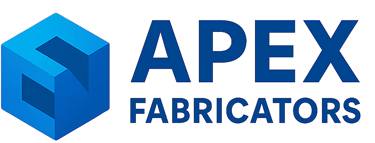How to Choose the Right Material for Your Prototype
Prototyping is the bridge between a great idea and a functional product—and the material you choose can make or break its success. Whether you're testing a concept, validating fit and function, or preparing for production, selecting the right material is crucial. Here’s a practical guide to help you make the right choice.
6/23/20251 min read


Common Prototyping Materials (and When to Use Them)
1. PLA (Polylactic Acid)
Best for: Basic visual models, concept prototypes
Pros: Easy to print, affordable, biodegradable
Cons: Brittle, low heat resistance
2. ABS (Acrylonitrile Butadiene Styrene)
Best for: Functional parts, snap fits, enclosures
Pros: Tough, heat-resistant
Cons: Warps easily, requires ventilation
3. PETG (Polyethylene Terephthalate Glycol)
Best for: Functional prototypes needing durability and flexibility
Pros: Strong, chemical resistant, less brittle than PLA
Cons: Slightly more difficult to print than PLA
4. TPU (Thermoplastic Polyurethane)
Best for: Flexible parts like gaskets, grips, and wearable items
Pros: Flexible, impact-resistant
Cons: Tricky to print; slower print speeds required
5. Resin (SLA Printing)
Best for: High-detail visual models, smooth surface finishes
Pros: Excellent detail and smoothness
Cons: Brittle, requires post-processing, can be toxic
6. Nylon (Polyamide)
Best for: High-strength, functional prototypes
Pros: Durable, abrasion-resistant, impact-resistant
Cons: Absorbs moisture, harder to print
7. Metal (DMLS or Binder Jetting)
Best for: Production-grade prototypes or end-use parts
Pros: Functional, production-ready, high strength
Cons: Expensive, longer lead times
Prototyping is all about learning fast and iterating smart. By selecting the right material for your specific needs, you’ll avoid costly mistakes and build better products, faster. If you’re unsure where to start, the team at Reliable Fabrications is here to help you make the right call—backed by experience, precision, and a deep understanding of modern manufacturing.
